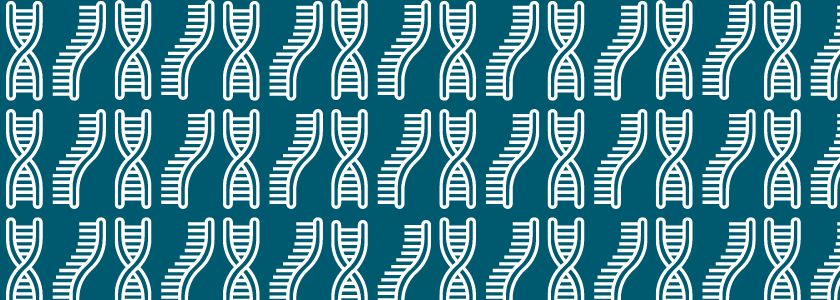5 key differences between DNA and RNA

The takeaway: What are the differences between DNA and RNA? Let’s look at similarities and differences in function, composition, and location of DNA and RNA.
Deoxyribonucleic acid (DNA) and ribonucleic acid (RNA) are probably the most important molecules in biology—they store and read the genetic information that forms the foundation of life and makes us who we are. While they are both linear polymers that are made up of sugars, bases, and phosphates, there are many key differences that should be understood. Let’s look at five key differences between DNA and RNA to better understand these fundamental building blocks.
What is the function of DNA?
The function of DNA is to replace and store genetic information. DNA houses all of the genetic information in an organism.
What is the function of RNA?
The function of RNA is to convert the genetic information housed in DNA to a format that is used to build proteins.
Where is DNA located within a cell?
Most DNA is located in the cell nucleus, where it is called nuclear DNA, though a small amount is found in the mitochondria, where it is called mitochondrial DNA, or mtDNA. mtDNA, by the way, is useful for tracking gene flow and the geographic distribution of genetic variation, and plays important roles in forensics and the identification of human remains.
How many strands does DNA have?
DNA consists of two strands that are arranged in a double helix. The strands are made up of smaller units called nucleotides, and each nucleotide contains a phosphate, a sugar molecule, and a nitrogenous base. RNA has only one strand, and that strand is made up of nucleotides. RNA strands are shorter than DNA strands and sometimes form an intermittent double helix structure.
What are the differences between DNA and RNA?
DNA consists of two strands that form a double helix, while RNA consists of just one. DNA is much longer than RNA. DNA bases are adenine (A), thymine (T), guanine (G), and cytosine (C). DNA base pairs include A-T and C-G. RNA base pairs include A, G, and C, but use uracil (U) instead of T. RNA base pairs are A-U and C-G.
How is RNA produced?
RNA is produced by DNA transcription inside a cell. New RNA sequences complement DNA templates. After production, RNA is translated into proteins by ribosomes.
What is the sugar found in DNA called?
The sugar found in DNA is called deoxyribose sugar. It is called this because of the absence of one oxygen in the second carbon. RNA, meanwhile, is composed of ribose sugar.
Where is DNA found in the nucleus?
DNA is found in the nucleus, with a small amount of DNA present in mitochondria. RNA forms in the nucleolus and then moves to a special region of the cytoplasm.
RUO23-1849_0011
